Chrysler 2014 Annual Report Download - page 133
Download and view the complete annual report
Please find page 133 of the 2014 Chrysler annual report below. You can navigate through the pages in the report by either clicking on the pages listed below, or by using the keyword search tool below to find specific information within the annual report.-
 1
1 -
 2
2 -
 3
3 -
 4
4 -
 5
5 -
 6
6 -
 7
7 -
 8
8 -
 9
9 -
 10
10 -
 11
11 -
 12
12 -
 13
13 -
 14
14 -
 15
15 -
 16
16 -
 17
17 -
 18
18 -
 19
19 -
 20
20 -
 21
21 -
 22
22 -
 23
23 -
 24
24 -
 25
25 -
 26
26 -
 27
27 -
 28
28 -
 29
29 -
 30
30 -
 31
31 -
 32
32 -
 33
33 -
 34
34 -
 35
35 -
 36
36 -
 37
37 -
 38
38 -
 39
39 -
 40
40 -
 41
41 -
 42
42 -
 43
43 -
 44
44 -
 45
45 -
 46
46 -
 47
47 -
 48
48 -
 49
49 -
 50
50 -
 51
51 -
 52
52 -
 53
53 -
 54
54 -
 55
55 -
 56
56 -
 57
57 -
 58
58 -
 59
59 -
 60
60 -
 61
61 -
 62
62 -
 63
63 -
 64
64 -
 65
65 -
 66
66 -
 67
67 -
 68
68 -
 69
69 -
 70
70 -
 71
71 -
 72
72 -
 73
73 -
 74
74 -
 75
75 -
 76
76 -
 77
77 -
 78
78 -
 79
79 -
 80
80 -
 81
81 -
 82
82 -
 83
83 -
 84
84 -
 85
85 -
 86
86 -
 87
87 -
 88
88 -
 89
89 -
 90
90 -
 91
91 -
 92
92 -
 93
93 -
 94
94 -
 95
95 -
 96
96 -
 97
97 -
 98
98 -
 99
99 -
 100
100 -
 101
101 -
 102
102 -
 103
103 -
 104
104 -
 105
105 -
 106
106 -
 107
107 -
 108
108 -
 109
109 -
 110
110 -
 111
111 -
 112
112 -
 113
113 -
 114
114 -
 115
115 -
 116
116 -
 117
117 -
 118
118 -
 119
119 -
 120
120 -
 121
121 -
 122
122 -
 123
123 -
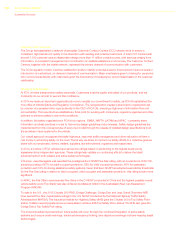 124
124 -
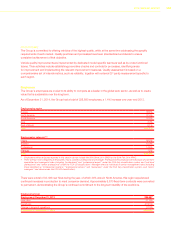 125
125 -
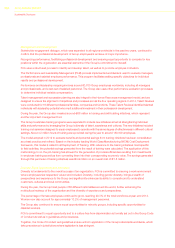 126
126 -
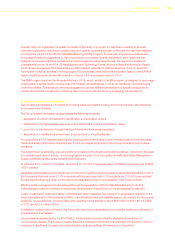 127
127 -
 128
128 -
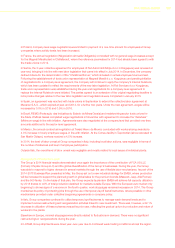 129
129 -
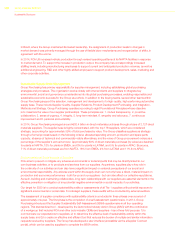 130
130 -
 131
131 -
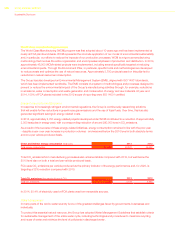 132
132 -
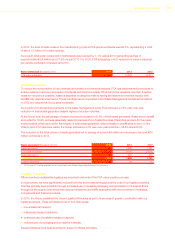 133
133 -
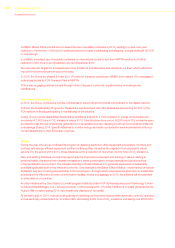 134
134 -
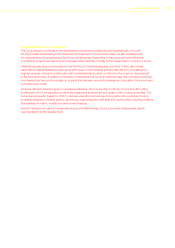 135
135 -
 136
136 -
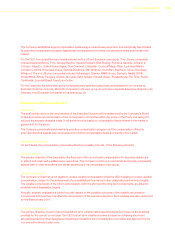 137
137 -
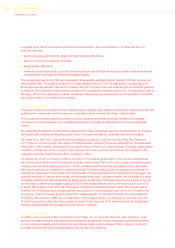 138
138 -
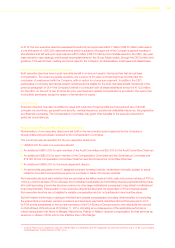 139
139 -
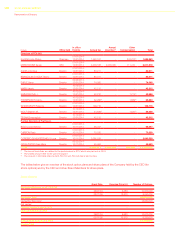 140
140 -
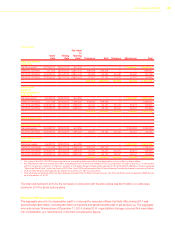 141
141 -
 142
142 -
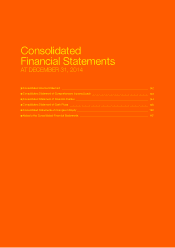 143
143 -
 144
144 -
 145
145 -
 146
146 -
 147
147 -
 148
148 -
 149
149 -
 150
150 -
 151
151 -
 152
152 -
 153
153 -
 154
154 -
 155
155 -
 156
156 -
 157
157 -
 158
158 -
 159
159 -
 160
160 -
 161
161 -
 162
162 -
 163
163 -
 164
164 -
 165
165 -
 166
166 -
 167
167 -
 168
168 -
 169
169 -
 170
170 -
 171
171 -
 172
172 -
 173
173 -
 174
174 -
 175
175 -
 176
176 -
 177
177 -
 178
178 -
 179
179 -
 180
180 -
 181
181 -
 182
182 -
 183
183 -
 184
184 -
 185
185 -
 186
186 -
 187
187 -
 188
188 -
 189
189 -
 190
190 -
 191
191 -
 192
192 -
 193
193 -
 194
194 -
 195
195 -
 196
196 -
 197
197 -
 198
198 -
 199
199 -
 200
200 -
 201
201 -
 202
202 -
 203
203 -
 204
204 -
 205
205 -
 206
206 -
 207
207 -
 208
208 -
 209
209 -
 210
210 -
 211
211 -
 212
212 -
 213
213 -
 214
214 -
 215
215 -
 216
216 -
 217
217 -
 218
218 -
 219
219 -
 220
220 -
 221
221 -
 222
222 -
 223
223 -
 224
224 -
 225
225 -
 226
226 -
 227
227 -
 228
228 -
 229
229 -
 230
230 -
 231
231 -
 232
232 -
 233
233 -
 234
234 -
 235
235 -
 236
236 -
 237
237 -
 238
238 -
 239
239 -
 240
240 -
 241
241 -
 242
242 -
 243
243 -
 244
244 -
 245
245 -
 246
246 -
 247
247 -
 248
248 -
 249
249 -
 250
250 -
 251
251 -
 252
252 -
 253
253 -
 254
254 -
 255
255 -
 256
256 -
 257
257 -
 258
258 -
 259
259 -
 260
260 -
 261
261 -
 262
262 -
 263
263 -
 264
264 -
 265
265 -
 266
266 -
 267
267 -
 268
268 -
 269
269 -
 270
270 -
 271
271 -
 272
272 -
 273
273 -
 274
274 -
 275
275 -
 276
276 -
 277
277 -
 278
278 -
 279
279 -
 280
280 -
 281
281 -
 282
282 -
 283
283 -
 284
284 -
 285
285 -
 286
286 -
 287
287 -
 288
288 -
 289
289 -
 290
290 -
 291
291 -
 292
292 -
 293
293 -
 294
294 -
 295
295 -
 296
296 -
 297
297 -
 298
298 -
 299
299 -
 300
300 -
 301
301 -
 302
302 -
 303
303
 |
 |
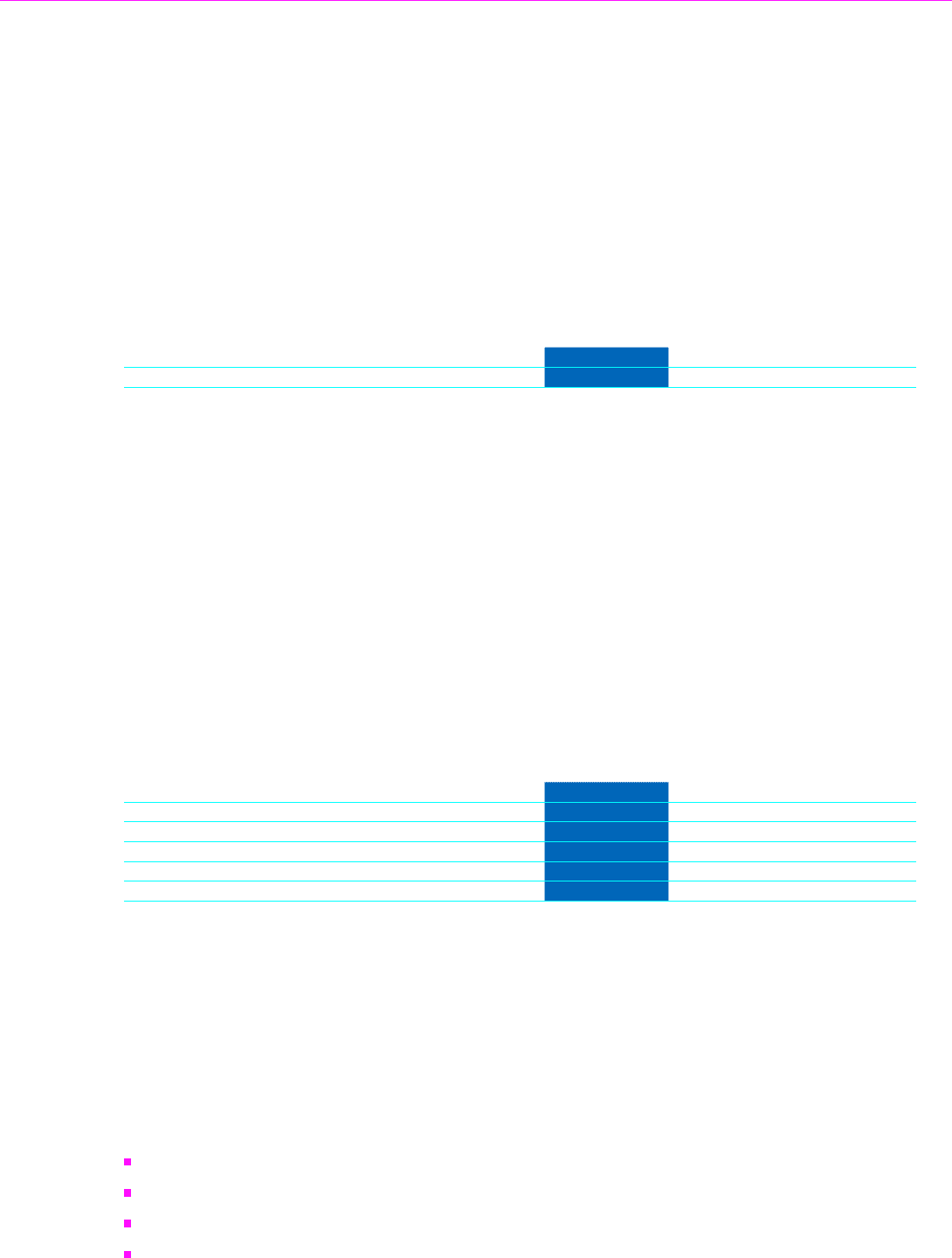
2014 | ANNUAL REPORT 131
In 2014, the level of water reuse in the manufacturing cycle at FCA plants worldwide was 99.3%, representing a total
of about 3.3 billion m3 in water savings.
As a result, total water consumption (withdrawal) was reduced by 1.1% versus 2013 (generating savings of
approximately €2.4 million) and 27.9% versus 2010. For 2020, FCA is targeting a 40% reduction in water consumed
per vehicle produced compared with 2010.
Water withdrawal (thousands of m3)2014 2013 2012
Total water withdrawal 24,653 24,936 25,874
Waste Management
To reduce the consumption of raw materials and related environmental impacts, FCA has implemented procedures to
ensure maximum recovery and reuse of materials and minimum waste. What cannot be reused is recycled. If neither
reuse nor recovery is possible, waste is disposed of using the method having the least environmental impact, with
landfills only used as a last resort. These principles are incorporated in the Waste Management Guidelines formalized
in 2012 and adopted at Group sites worldwide.
As a result of continued improvements in the waste management cycle, FCA achieved a 3.6% year-over-year
reduction in total waste generated despite higher production volumes.
At the Group level, the percentage of waste recovered increased to 80.6% of total waste generated. Waste sent to landfill
accounted for 16.9% and was essentially related to inert sand from Teksid foundries. Plants that produce for the mass-
market brands, which account for the majority of total waste generated, reduced waste to landfill either to zero or very
close to zero. For hazardous waste, the Group achieved a 3.3% year-over-year reduction (-38.8% since 2010).
The reduction in the total volume of waste generated led to savings of around €9 million and revenues of around €32
million worldwide in 2014.
Waste generated (thousands of tons) 2014 2013 2012
Waste recovered(1) 1,406 1,339 1,291
% of waste recovered(1) 80.6% 74.0% 73.3%
Waste disposed of 338 470 470
Total waste generated 1,744 1,809 1,761
of which hazardous 38 39 40
(1) 2012 and 2013 data updated to be consistent with Global Reporting Initiative G4 standard.
Logistics Processes
Efficient and eco-sustainable logistics are important elements of the FCA value creation process.
In recent years, we have significantly reduced both the environmental impact and the cost of our logistics activities.
This has primarily been possible through increased use of reusable packaging and optimization of transport flows
throughout the supply chain which has reduced emissions and traffic associated with the movement of materials,
components and finished products.
In 2010, the Group published the Green Logistics Principles as part of a process of greater coordination with our
logistics partners. These principles focus on four main areas:
low-emissions transport
intermodal transport solutions
optimized use of available transport capacity
reduced use of packaging and protective materials.
Several initiatives have been launched in support of these principles.
